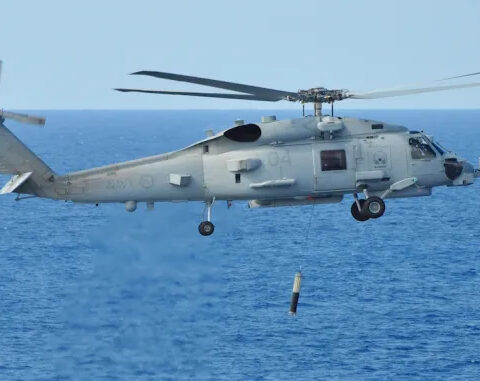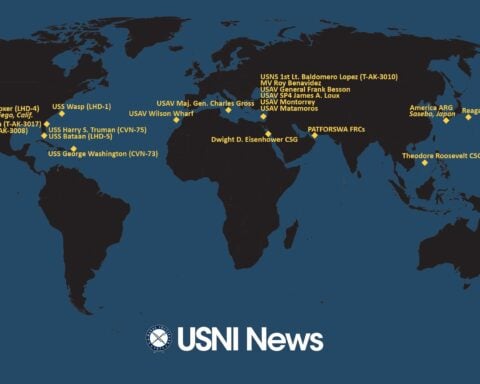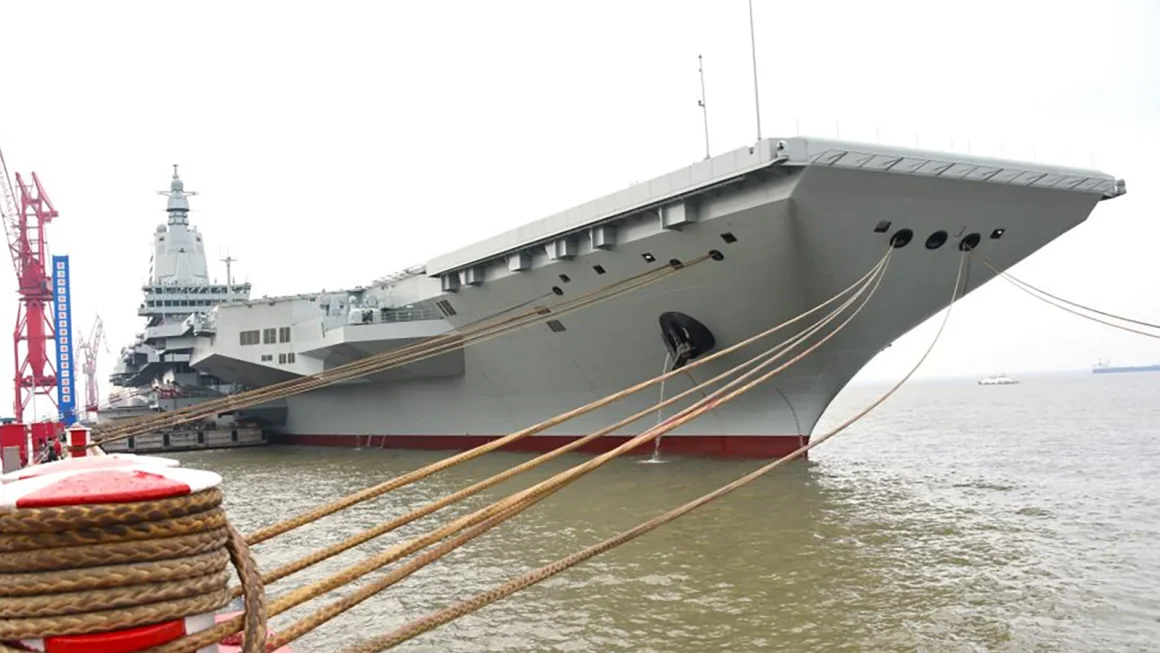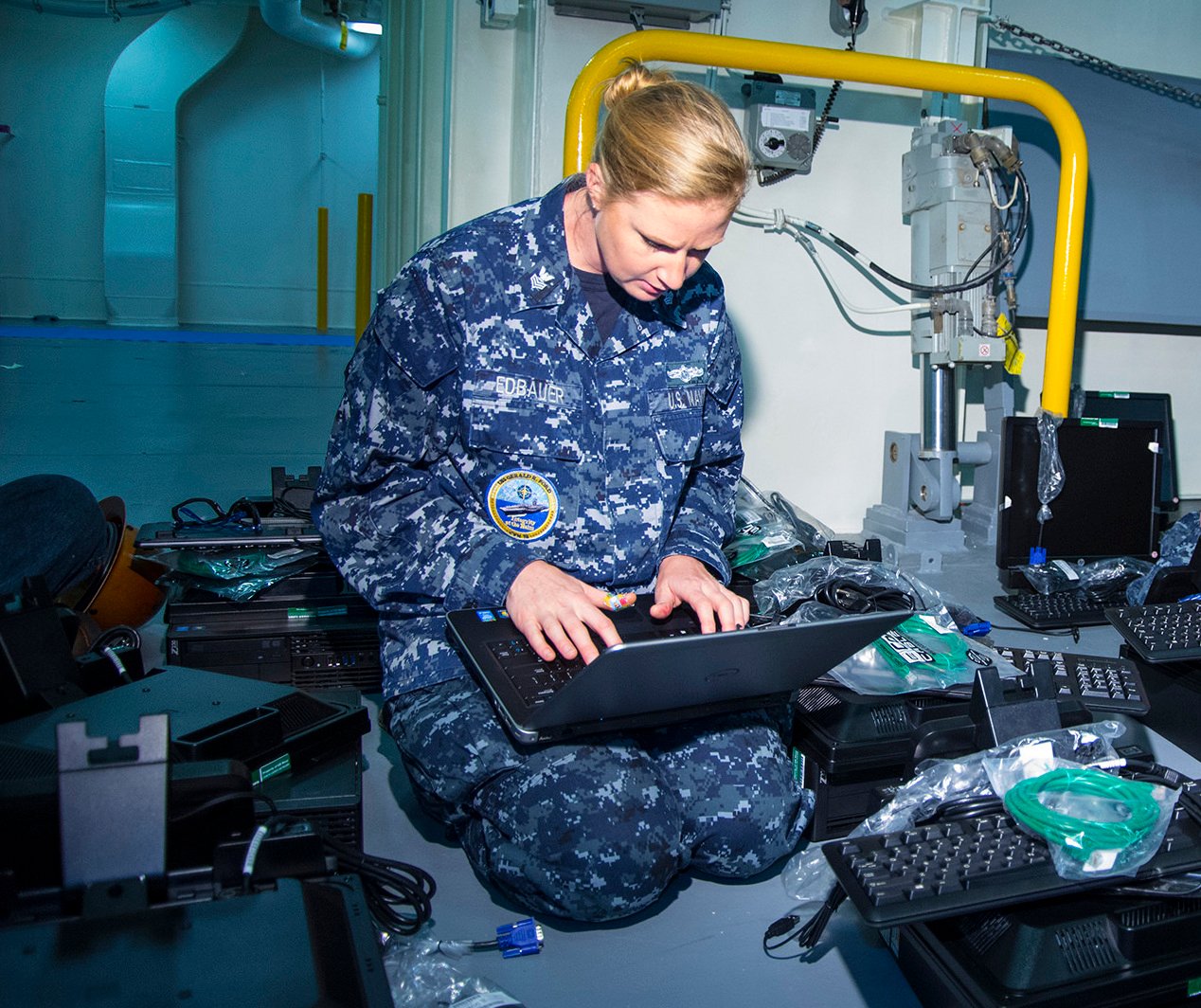
THE PENTAGON – The Navy is seeing first-hand that thoughtful data collection and analysis can go a long way in addressing lingering readiness problems, as the Navy Digital Warfare Office continues to roll out a set of pilot programs meant to introduce the service to the benefits of data science.
The office was established one year ago and started operating earlier this year with a staff of about a dozen people – about half from Information Warfare Directorate (OPNAV N2/N6) and half from the Navy’s system commands, like Naval Sea Systems Command and Naval Air Systems Command. While its ultimate goal is to influence acquisition to create a smarter data environment – much the way industry has used big data to better reach its customers, create efficiencies in production and more – the office’s first major action is to create awareness of its mission through a series of pilots that tackle readiness problems in the aviation, surface ship and personnel communities that have not been solved with traditional approaches.
Office director Margaret Palmieri said the new organization will assist systems commanders, type commanders, fleet commanders and others in identifying problems that can be solved using data analytics as a tool; facilitating a discussion between sailors and data scientists to create an approach for solving the problem; and then finding ways to apply that new approach to other parts of the Navy where applicable.
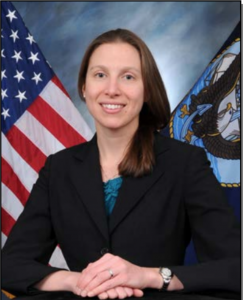
Four pilot projects that follow that methodology are rolling out now.
One looks at making surface ship maintenance availabilities more efficient, particularly as the Navy tries to embrace condition-based maintenance, only fixing or replacing components as needed instead of on a fixed schedule. Palmieri said supply officers today focus on reactively replacing parts that are consumed from their inventory, instead of proactively predicting what parts will be needed and when, which would be more useful in a condition-based maintenance environment.
“We want to look at one of our top surface readiness degraders and say, can we be more predictive of the supply side there, reduce the supply chain time and get better accuracy around how we provide parts for those types of repairs?” she told USNI News.
“You might have to replace a blade on an engine, but you don’t necessarily order the bolts with that part. So can we create the relationships so that, hey, whenever I replace the blade I usually have to also – it’s kind of like the Amazon, if you bought this you may also want this – so can we create that kind of predictive supply system that would say, hey you just requested to replace the blade on the engine, you might also need these other parts because we find that there’s a high rate of these types of repairs with that as well. And then it’s over to the user. The machine and the data have presented some courses of action; the user can say nope, don’t need that, I’ve already checked, or oh, I didn’t check that, maybe I do, let’s go see. And hopefully then you can kind of compress these maintenance cycles a little more and speed up the time.”
Another pilot hopes to help Military Sealift Command optimize operations of the ships’ power plants through a “digital twin” effort, where a virtual replica of the power plant is created so simulations can be run to understand how it will perform and require maintenance under various conditions.
A third project will assist the Navy’s investigation into physiological episodes in jet aircrews. Unlike other pilots, where plenty of data is already collected but not sufficiently leveraged, the Navy has not been collecting enough data to understand what is happening when aviators experience physiological episodes. The Digital Warfare Office will assist as the Navy adds more sensors and tries to understand the data coming out of them.
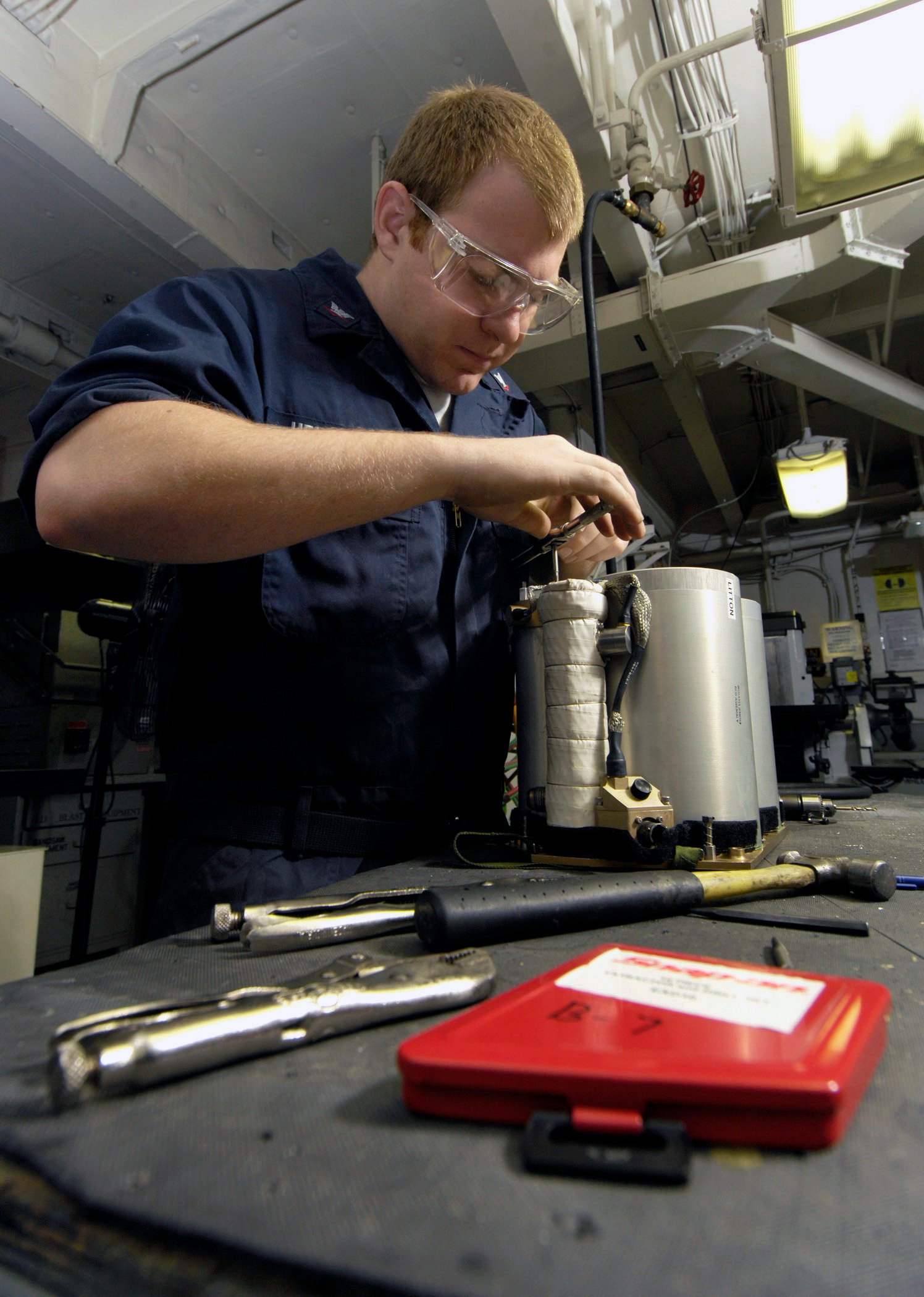
And the final pilot rolling out now works with the personnel community, looking at destructive behaviors such as alcohol abuse, sexual assault and suicide. Rather than ask unit commanders to enforce cookie-cutter training based on Navy-wide statistics, “can we give a commander an idea of the factors that are most at play for his command?” Palmieri said. Data may show that certain factors are statistically predictive of destructive behaviors, so a command with a higher incidence of those factors could increase its training requirements or otherwise tailor the training based on concerns for that specific unit.
“We wanted to pick a couple different ones that would touch different communities,” she said when asked about the wide range of topics covered in the first round of pilot programs.
“We wanted the communities to show that this wasn’t just some academic, techy kind of application, but when you combine the digital and the physical expertise together, you could get outcomes that you otherwise couldn’t get if you tried to solve it on your own. We wanted to expose the different aspects of the Navy to the tools and techniques, the language – a big part of this is, our users, our commanders have to be able to say, ‘I think I have a data problem,’ instead of, ‘I have a problem and let me go solve it in a traditional way.’ It’s a little bit different to say, ‘I think I have a data problem and I think I can get at this if only I had better access to data, or had the ability to analyze it differently, or had a different toolset.’”
Palmieri said those four projects would run through the spring, but she said she was confident in the approach the Digital Warfare Office had taken in setting up these pilots, and noted that the very first one — launched in July — had already shown the potential for significant operational benefit.
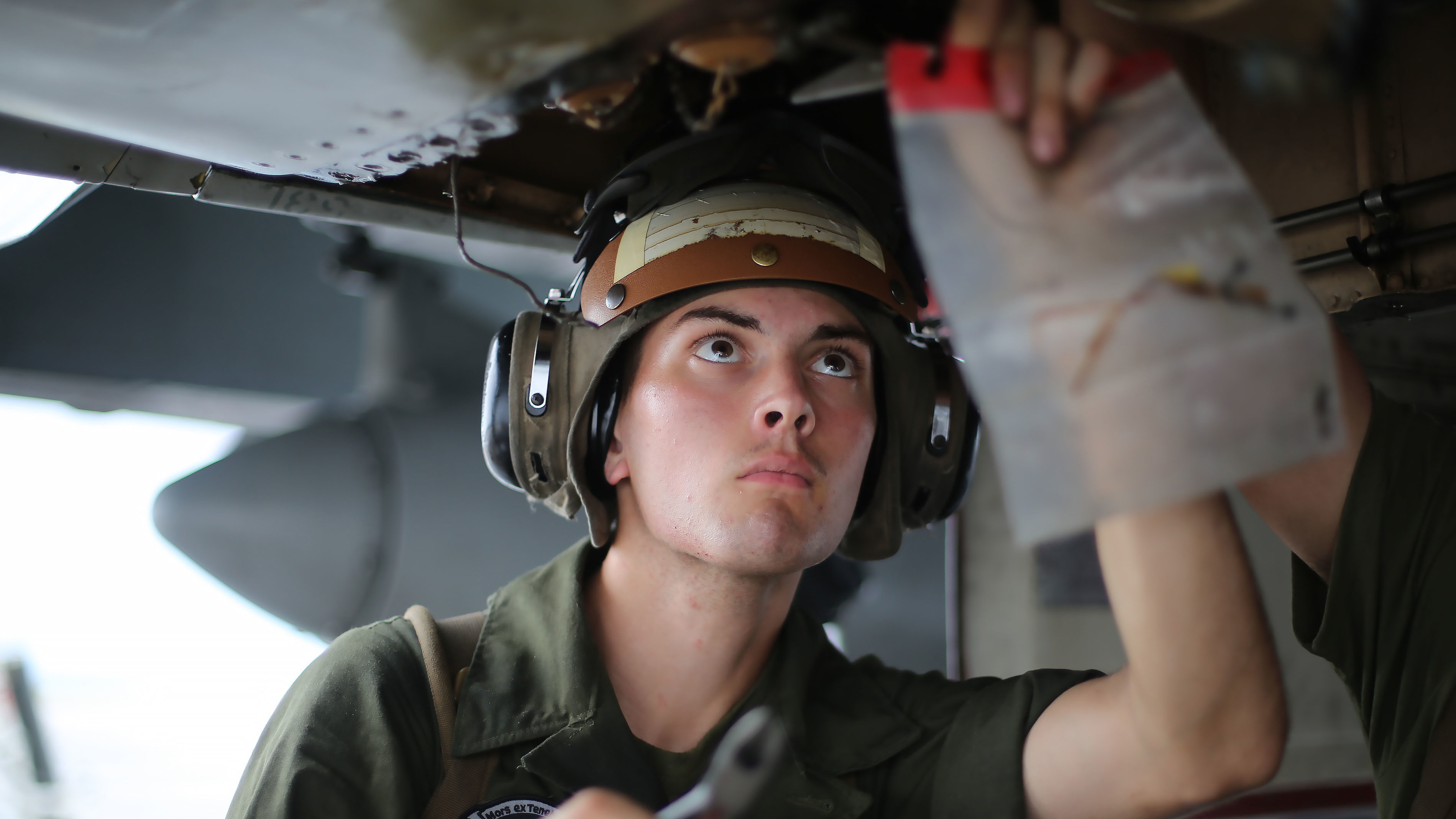
In that first pilot, the office sought to address a major component of the Navy and Marine Corps’ F-18 readiness challenge: “non-mission capable, supply” aircraft that cannot fly because maintainers are awaiting the delivery of the spare parts needed to fix them. Both the maintainers and the supply community have separately tried to address this problem, which has only gotten worse in recent years due to insufficient funding. But the Navy Digital Warfare Office is coming at the problem from a new angle, Palmieri said.
To begin the process, maintainers at Naval Air Station Oceana, Va., sat down with supply officers and data scientists to talk about the non-mission capable supply problem, in what Palmieri called a Digital Factory event.
“What we’ve seen at these factories is, in some cases the maintenance guys are like, we can’t solve this problem, it’s really really hard; the supply guys are like, well we can help with that; and the data science guys are like, okay, well what data do you both have and how might we pull it together? And can we automate the process? Can we make it more predictive instead of reactive,” she said.
“So you get this really robust conversation about what’s within the realm of the possible once people start to bring in their different perspectives.”
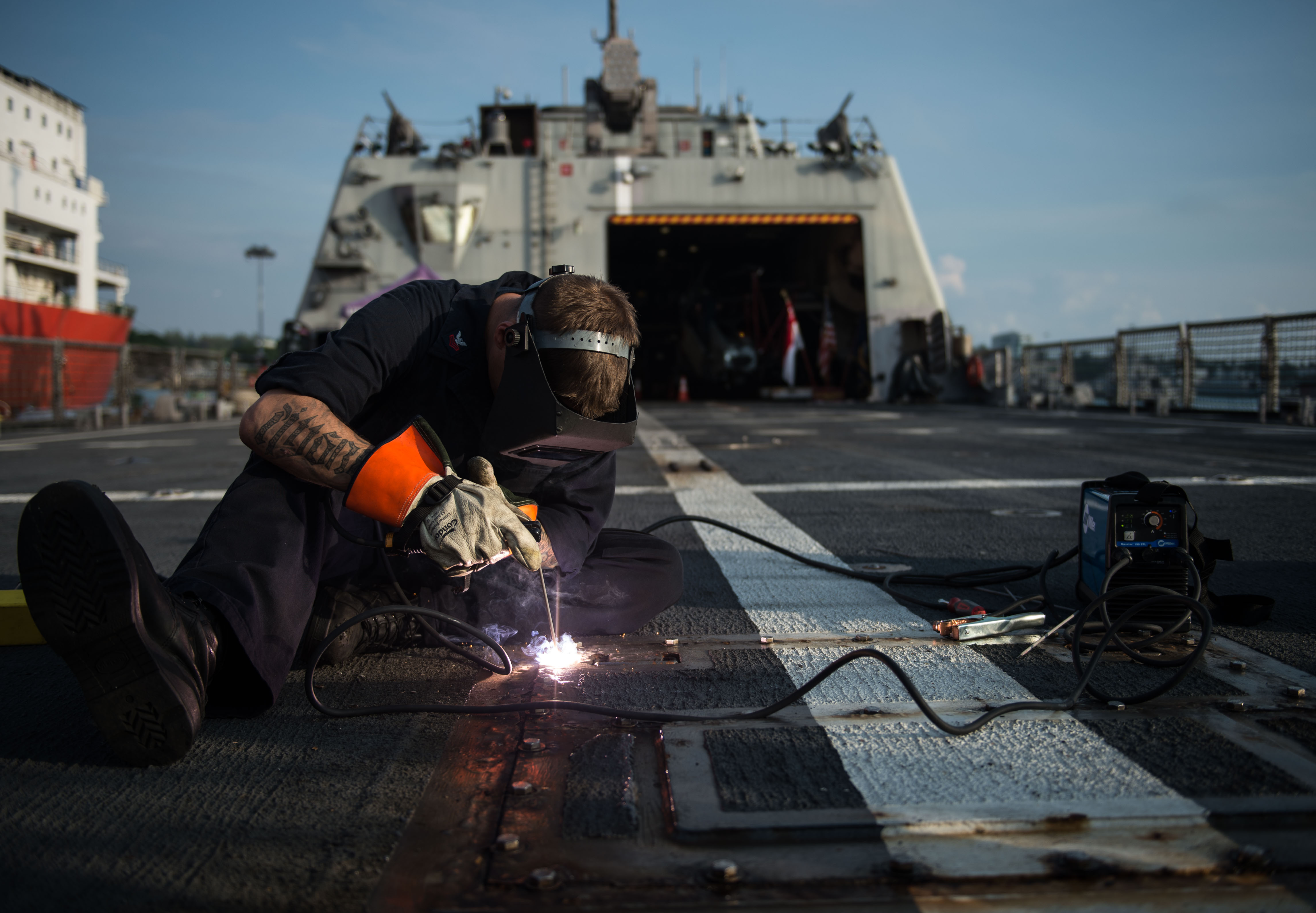
During the Digital Factory event, the maintenance and the supply experts were asked to think about what data they collect, through what processes, and to what end. Data shouldn’t be collected for data’s sake, Palmieri said, and they were asked to consider how data collection is actually contributing to their mission. The data scientists then helped them talk through what data could be shared and how, to assist each community in doing their jobs better, and to ultimately reduce the time it takes for an airplane to come into the depot, maintenance to begin, required parts to be identified, the right parts to arrive at the depot, and the airplane to be sent back out for operations.
Ultimately, Palmieri said, the maintainers were given a new data set to work with and new processes to implement on a trial basis, and though she would not discuss exact numbers yet, she said the mean time to repair aircraft is already down. The maintainers at Oceana have also identified new policies, training areas and additions to their data environment that they think could benefit them going forward. It will ultimately be up to Naval Air Systems Command and other organizations in the Navy will take those recommendations and create long-term solutions from them, but Palmieri said “it looks like we could have a significant impact just making a couple key changes.”
In addition to getting aircraft back to mission-capable status faster, Palmieri said the six-month pilot is also sparking the right kind of conversation about using data to tackle problems, with maintainers considering how to pull data from other communities and from open-source documents such as historical weather data, as well as questioning what new data they may want to collect going forward.
Palmieri said she already has a list of project ideas in the queue to tackle after these first five projects wrap up, and she expects more ideas to flow in as more communities in the Navy start to understand the power of data analysis to help address nagging problems. She said it’s a bit unclear now how the office will spend its time and manpower after the first pilots wrap up, though it will likely include tackling more project ideas that come in and assisting commands in holding their own Digital Factory events to brainstorm solutions to problems. But additionally, Palmieri has her eye on taking lessons learned from these first pilot programs and using them to change the entire data environment the Navy has built for itself.
“We want to solve a problem, we want to show the community there’s value here so they can start thinking of, well I also have this other problem that might be something. And then you could start to pull that back and say, once we start to get that predictive supply piece, do we have the right data environment in order to make that scalable outside of surface readiness to other pieces?” she said.
“And then start walking the organizations through that and where they need to partner, and how to have the right contracts in place and the right acquisition strategy to go after those types of data environments. And do we have the right skillsets inside our workforce to be able to manage the data once we start collecting it and analyzing it?”
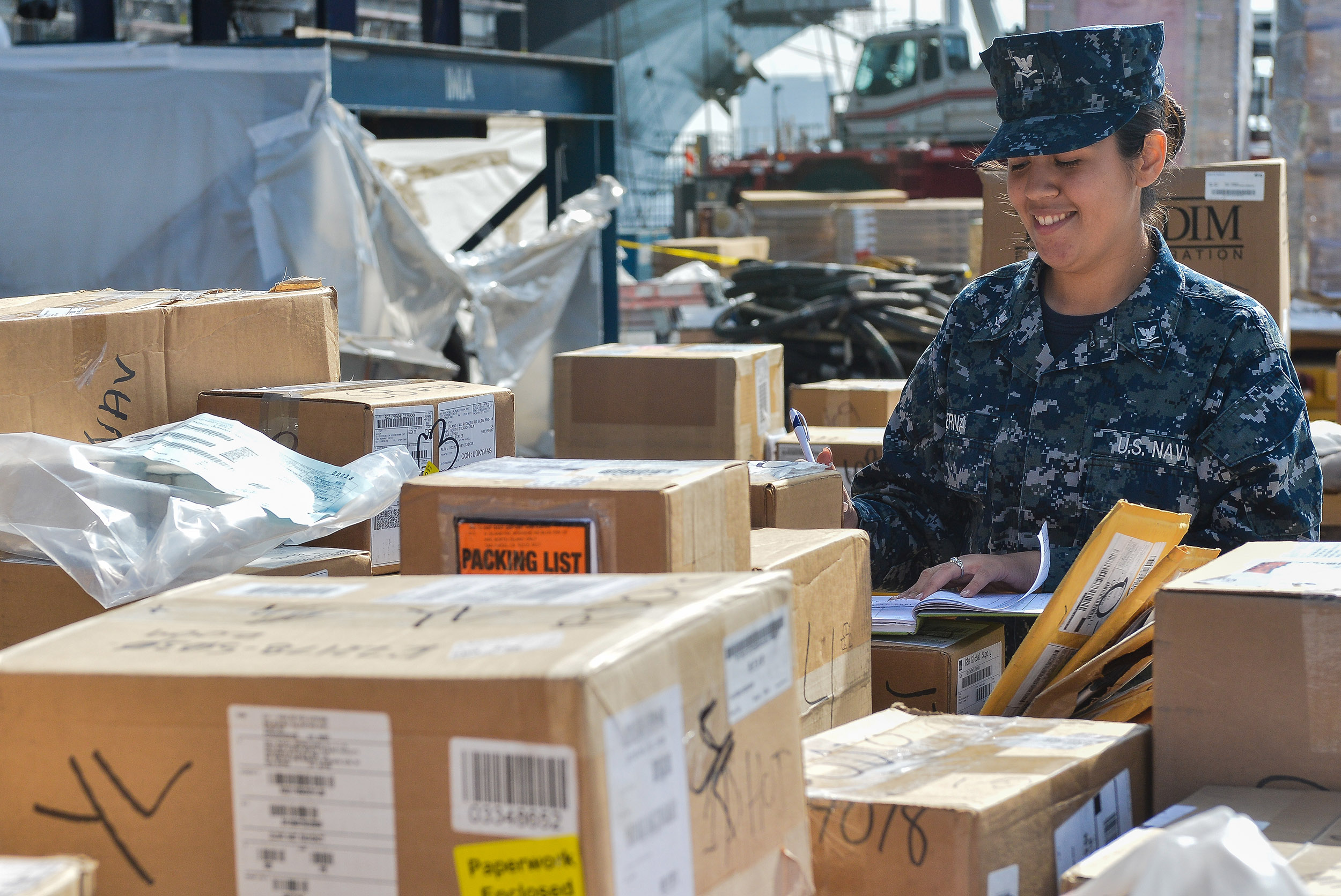
Palmieri emphasized open architecture as being important for this data environment – many companies are popping up that are experts in data analysis but not in hardware or software, so the Navy will need open systems so they can buy hardware, software, computing capabilities and analytic capabilities from the best vendors while maintaining a standard interface that allows them all to work together.
But Palmieri doesn’t want other communities in the Navy to worry about those technical aspects just yet. For now, as the Digital Warfare Office continues to introduce itself and its message of the power of big data, Palmieri said she doesn’t want commands to dwell on the data science side but rather how they can alter their procedures to collect the data they actually need to do their missions.
“Part of it is about the technology and the introduction of new technology, but the really big return, that ultra-boost you get, is out of redesigning your processes and streamlining them, making them simpler and making them focus on what the user really needs. And that’s kind of where you get a big productivity kick,” she said.



